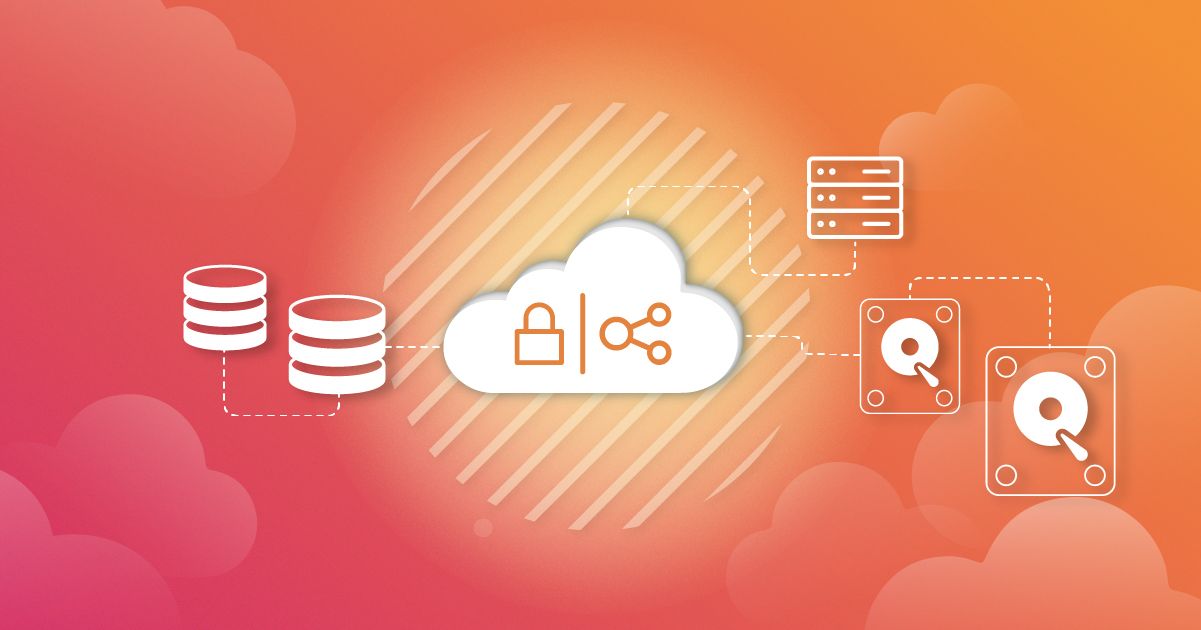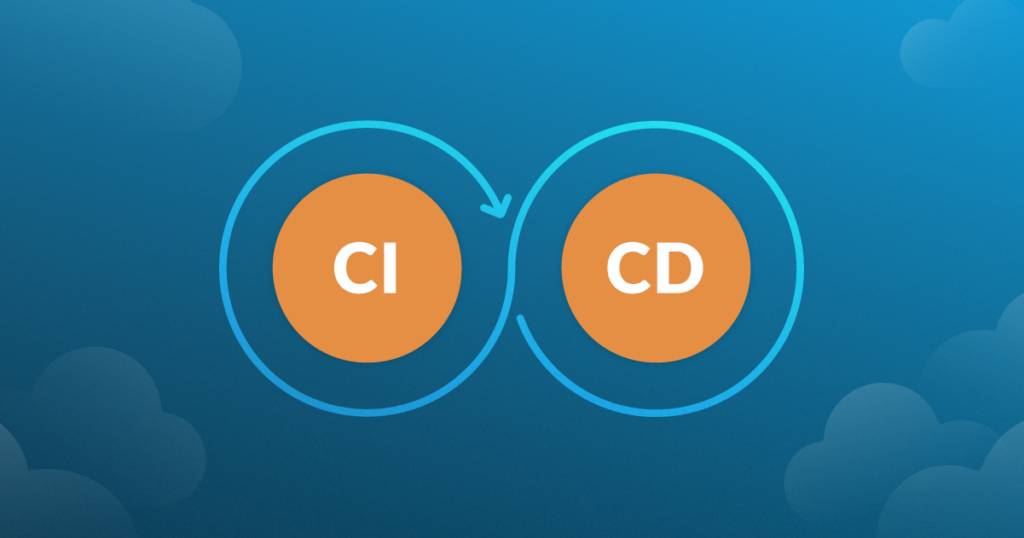Understanding Hybrid Cloud: Definition, Benefits, Use Cases, and Security
Organizations are increasingly turning to cloud computing to drive innovation, agility, and cost-savings. Among the various cloud deployment models, hybrid cloud is becoming a popular choice for businesses seeking flexibility and scalability while maintaining control over critical data.
In this blog post, we’ll explore what a hybrid cloud is, how it works, its security aspects, why organizations choose it, and which industries may prefer it. We’ll also cover the benefits of a hybrid cloud, and how it differs from multi-cloud strategies.
What is a Hybrid Cloud?
A hybrid cloud is a computing environment that combines both public and private clouds, allowing data and applications to be shared between them. This blend offers businesses the ability to seamlessly scale their on-premises infrastructure up to the public cloud to handle excess capacity or peak workloads, while keeping essential services and sensitive data in a more controlled, private environment. The primary aim is to provide organizations with greater flexibility and more data deployment options.
Hybrid Cloud Architecture
Hybrid cloud architecture combines private and public cloud environments, orchestrated by management software to function seamlessly. Key components include a private cloud for sensitive data, a public cloud for scalable resources, and orchestration tools for managing resources across both platforms. Networking solutions, like VPNs, ensure secure data transfer, while APIs facilitate interoperability between different cloud services. Security tools integrated throughout the architecture help maintain compliance and protect data.
Design considerations in hybrid cloud architecture focus on workload placement, data sovereignty, scalability, interoperability, and disaster recovery. Effective hybrid cloud setups must address these areas to balance performance, cost, security, and compliance needs. This allows organizations to leverage the strengths of both private and public clouds, ensuring flexible and robust IT infrastructure that supports dynamic business demands.
How Does a Hybrid Cloud Work?
Hybrid cloud environments are powered by a technology that enables data and application portability between private and public clouds. These environments typically require a robust network connection, sophisticated management software, and compatible services across cloud platforms. The key component is the orchestration layer, which helps automate and manage resources across the cloud environments, ensuring that everything functions as a unified system.
Security in Hybrid Clouds
Security in hybrid clouds is complex but paramount. Hybrid models must address the security concerns of both private and public cloud components. This includes implementing consistent security policies, encryption techniques for data at rest and in transit, and using identity and access management (IAM) systems that span across both clouds. Regular security assessments and compliance checks are also crucial to maintaining a secure hybrid cloud environment.
Why Choose a Hybrid Cloud? Use Cases and Industry Preferences
Organizations opt for hybrid clouds for various reasons:
- Flexibility and Scalability: Businesses can maintain control over their sensitive data on-premises while leveraging the virtually limitless resources of the public cloud for burstable, highly variable workloads.
- Cost Efficiency: Hybrid clouds allow organizations to store data and run applications on the most cost-effective computing environment.
- Compliance and Security: Certain industries have strict data handling and storage regulations. Hybrid clouds can help meet these requirements by keeping sensitive data in-house while still benefiting from cloud technologies.
Industries that prefer hybrid cloud solutions often involve regulatory compliance, data sensitivity, and fluctuating workload demands, such as healthcare, financial services, and government sectors.
What Are The Benefits of a Hybrid Cloud
The advantages of adopting a hybrid cloud strategy include:
- Enhanced Business Continuity: By distributing resources across multiple environments, businesses can ensure better disaster recovery solutions and maintain continuous operations.
- Optimized Performance: Workloads can be allocated to different cloud environments based on performance requirements and cost-effectiveness.
- Increased Innovation: With easier access to advanced cloud technologies, companies can innovate and go to market faster.
Hybrid Cloud vs. Multi-Cloud
While both hybrid cloud and multi-cloud involve the use of multiple cloud services, they differ significantly:
- Hybrid Cloud: This model specifically involves the combination of public and private clouds that are orchestrated to function as a single environment.
- Multi-cloud: Involves using multiple cloud services, such as Amazon Web Services, Google Cloud Platform, and Microsoft Azure, but not necessarily in an integrated manner. Multi-cloud strategies are typically adopted to avoid vendor lock-in or to leverage specific capabilities of each cloud provider.
Hybrid Clouds Summed Up
Hybrid clouds offer a strategic advantage by combining the scalability of public clouds with the control and security of private clouds. This model supports a range of use cases, from dynamic scaling and cost management to compliance and enhanced security. As more organizations aim to leverage the best of both cloud worlds, hybrid clouds are likely to play an increasingly critical role in the digital transformation strategies of businesses across various industries. Whether you are just starting with cloud computing or looking to refine your strategy, considering a hybrid cloud might be your next step towards achieving optimal operational efficiency and innovation.








